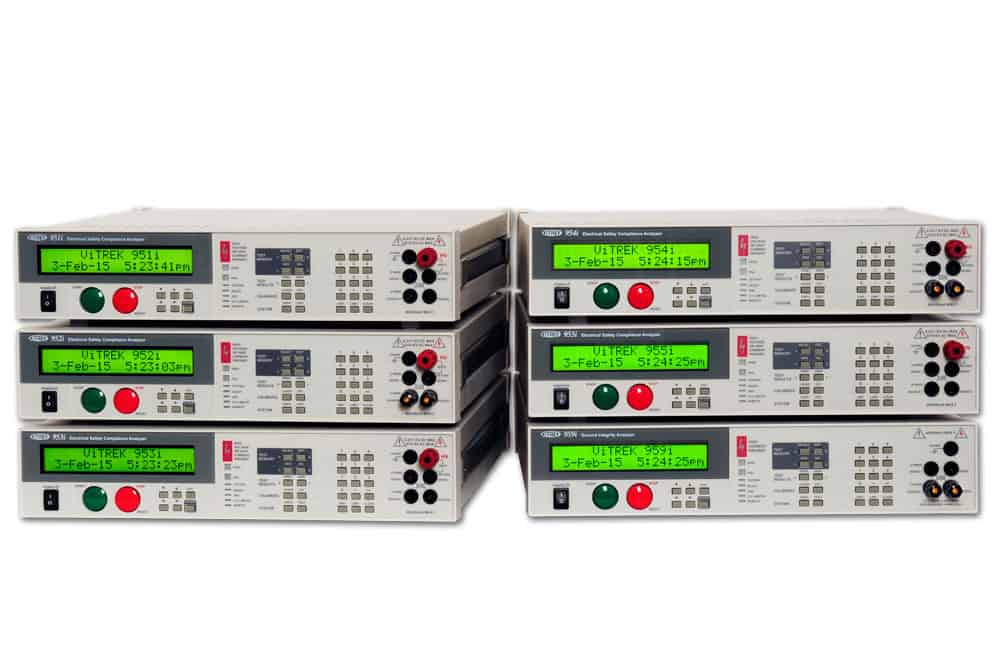Electrical power measurements related to clean energy.
The development of green energy ranges from micro inverters to commercial solar array inverters, spanning from 250W to an impressive tens of MW. Microgrids incorporate solutions from solar array inverters, energy storage devices like batteries and fuel cells, bidirectional EV/PHEV chargers, wind turbines, to tidal energy.
Globally, there's a surge in developing next-generation, eco-friendly clean energy solutions. Energy harvesting solutions development continues to push technological boundaries. Engineering designs are rapidly advancing to accommodate voltages reaching 2,000Vdc, currents of thousands of amps, multiple high-power channels, multiple MPPT inputs, and wide-range inverters delivering full power across broad voltage ranges.
What do these exceptional solutions demand? More forward-thinking testing equipment. Macrotest Innovation provides programmable DC power supplies, electronic loads, bidirectional power supplies, power analyzers, and safety analyzers, equipped with the capabilities you need to effectively test today's renewable energy technologies.
Our DC power supply series offers voltages up to 2000V, featuring wide-range operation and arbitrary waveform and function generators. Power analyzers support higher voltage and current measurements, while safety analyzers boast high-precision current resolution.
Solutions
Wide-range programmable DC power supplies offer greater flexibility for inverter testing
Solar inverters convert direct current (DC) electricity from solar arrays into alternating current (AC) electricity. In residential applications, solar arrays are typically connected in parallel to a Point of Common Coupling (PCC) and then fed into a single-channel DC/AC inverter. Household inverters typically generate 3 – 12 kW of AC power from solar arrays, with output voltages of 220 – 480 VDC. The output is 47 – 63 Hz single-phase, two-phase, or three-phase AC power connected to the grid.
These inverters use a technique called Maximum Power Point Tracking (MPPT) to extract the maximum power from the solar array, with output voltage ranges potentially from 100 – 600 VDC and providing up to 8000 W of power, depending on the available sunlight.
To properly test these inverters, you need a power supply that can provide a wide range of voltages and currents. Obtaining such a wide voltage and current range from a traditional power supply would require a significantly higher investment.
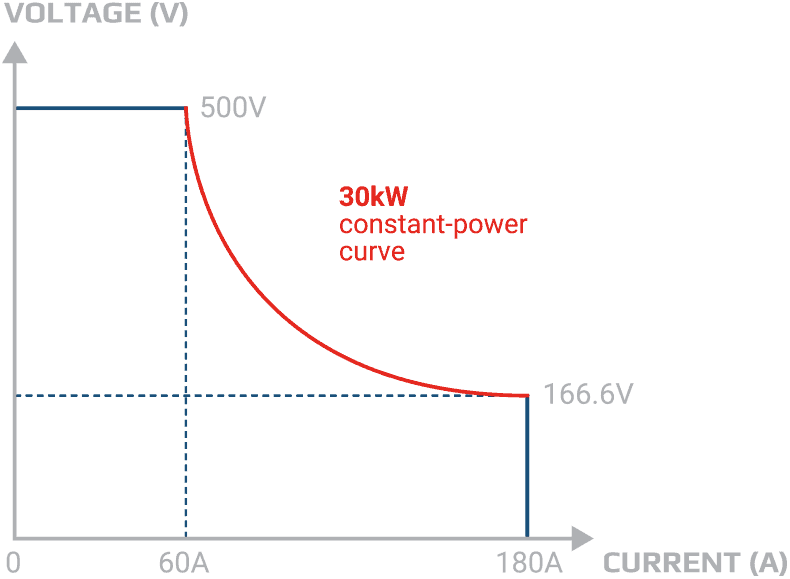
Simultaneous Monitoring of Multiple Power Supply States
Commercial solar inverters typically range from 30 kW to 1 MW, with solar array DC input voltages reaching up to 1500 Vdc, which is then converted into three-phase AC power. At such high power levels, using a single array input is impractical.
Moreover, commercial inverters feature multiple Maximum Power Point Tracking (MPPT) inputs that are summed in DC/DC fashion before being fed into the DC/AC inverter. To test this type of inverter, you must use multiple wide-range DC power supplies, one for each input, as shown in the figure.
EA Elektro-Automatik’s programmable DC power supplies are available with power ratings from 1 kW to 2 MW. With maximum output voltages of 2,000 Vdc and no limitation on the number of power supplies that can be used for this application, the included Power Control software allows for simultaneous monitoring of the output status of each supply.
Furthermore, you can independently program each DC power supply to simulate different solar irradiance distributions. For example, on one inverter input, you can simulate a solar array under full sunlight, while on another, you can simulate partially or fully shaded solar panels.
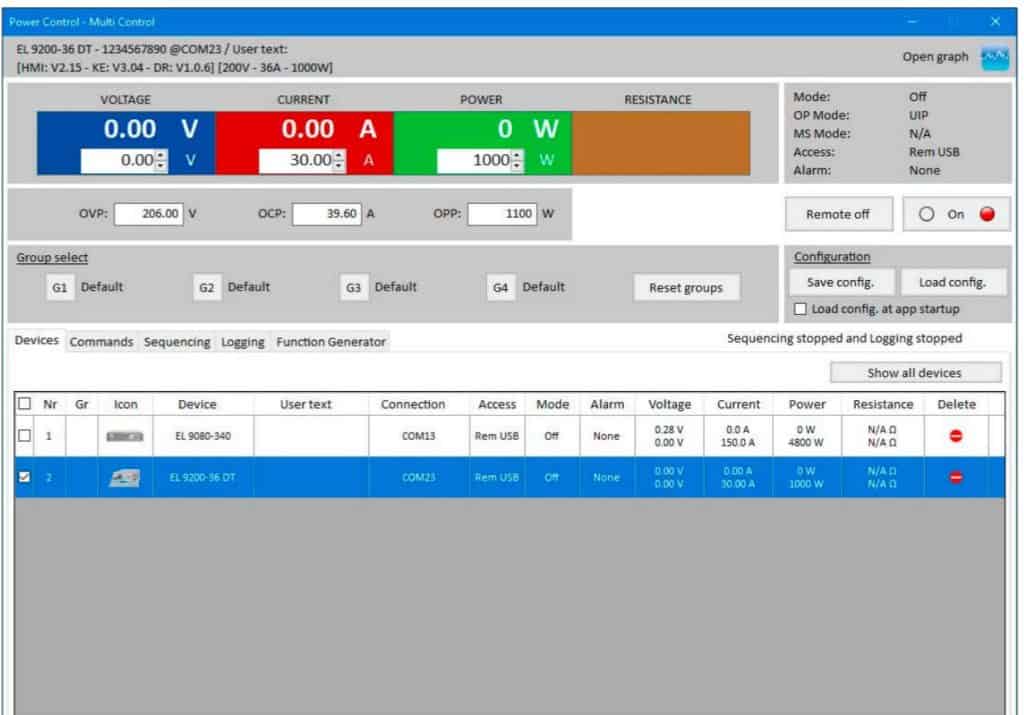

Solar Array Simulation Software
Provides Sandia, EN50530, or custom test files
Simply connecting a DC voltage to an inverter doesn't truly reveal its efficiency. To extract maximum power from a solar array, an MPPT inverter must accurately track the array's output as the amount of sunlight hitting the array changes. Testing the inverter's capability necessitates simulating a solar array, typically involving both static and dynamic tests.
The embedded function generator within the PSI series simplifies performing these tests. You can program up to 4096 data points, enabling you to program a simple solar array curve based on Isc, Voc, Vmpp, and Impp. In essence, you control the sun! For more advanced solar simulation, EA Elektro-Automatik's EA Power Control (EAPC) software allows you to easily set up Sandia, EN50530, or custom test profiles.
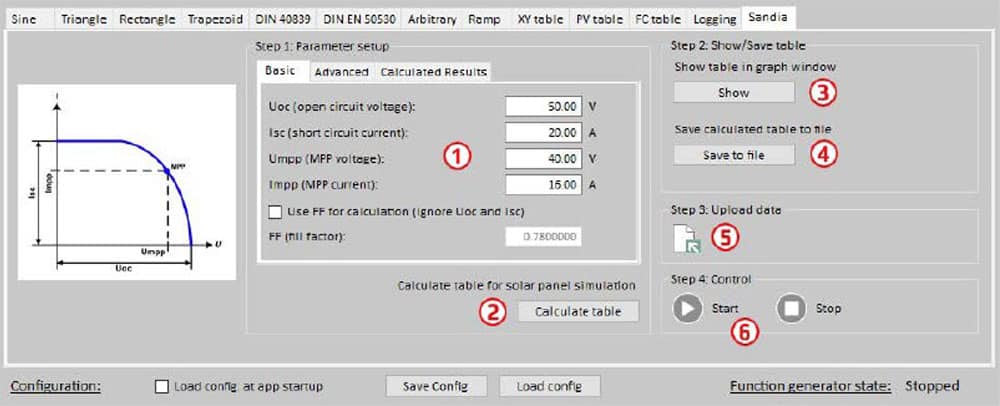
High Voltage and High Current Measurement Support by Power Analyzers
The Vitrek PA900 is a standalone, 4-channel power analyzer designed for testing power module performance and recording parameter changes. Its high voltage module (Voltage K module of the PA920) can measure up to 1625Vrms.
The Vitrek PA900 power analyzer can be used with ultra-high precision current sensors, easily handling currents of 3000A or greater. With ppm-level accuracy, it significantly improves the precision of power parameter measurements and calculations.
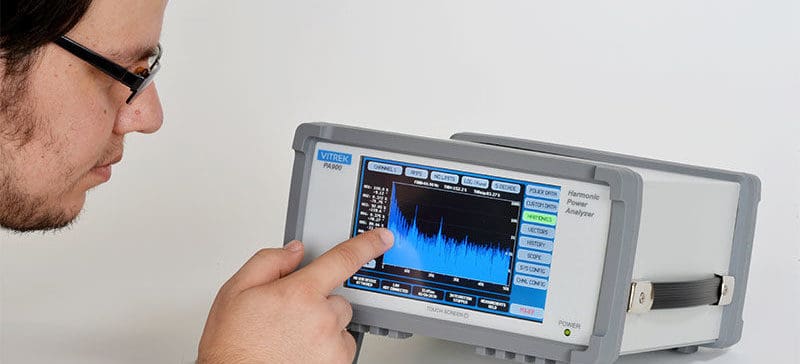
Electrical Safety Testing — Hipot Testers / Electrical Safety Compliance Analyzers
Traditional hipot testers sometimes fall short of meeting the safety testing requirements for solar array inverters. Higher insulation resistance measurements or high-current DC hipot testing are often necessary.
The Vitrek 95x Electrical Safety Testing Series offers enhanced output capabilities, providing DC hipot testing up to 15kVdc or 50mA, and insulation resistance measurements up to 2Tohm. If you require 500VA of output power, this advanced electrical safety compliance analyzer is a must-have.
